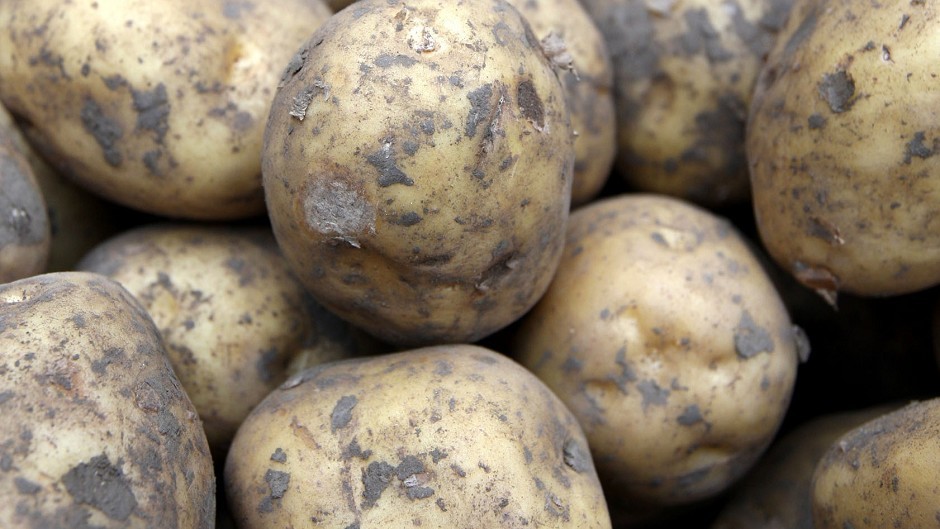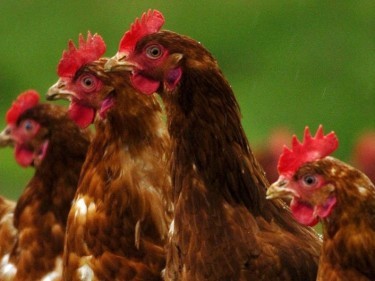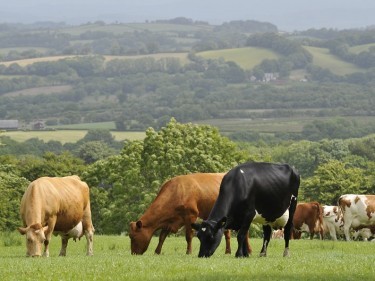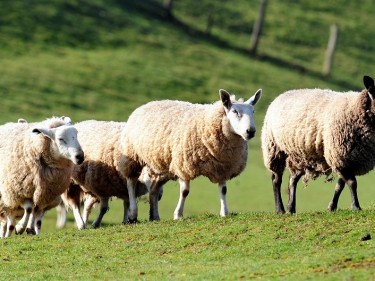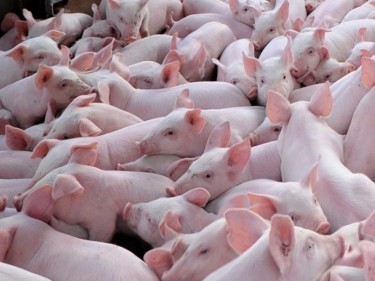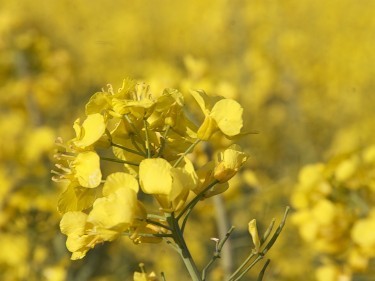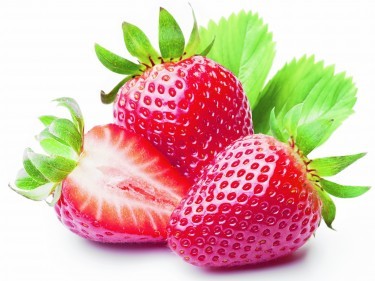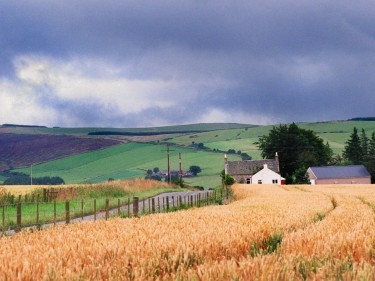The number of broilers and amount of potatoes grown in Scotland are at the lowest level on record, according to government figures.
The Scottish Government’s June 2015 Agricultural Census reveals an 11% drop in the national poultry flock and a 10% drop in the potato acreage.
The national flock now stands at 13.06million, with the number of broilers down 27% to the lowest level on record. This follows the closure of many broiler units at the end of 2014.
The story was much the same for tattie growers, with the total area planted down 10% to 64,250 acres with reductions in both ware and seed plantings.
Despite these drops, there was an increase in the overall number of cattle, pigs and sheep.
The total number of cows has risen for the first time in five years to 1.81million.
This was largely driven by a 3.2% increase in the number of calves to 544,000, with the number of dairy cattle up 1.4% to 278,000 and the number of beef cattle down 0.5% to 710,000.
New data published this year found that Limousin was the most common cattle breed followed by Aberdeen-Angus, Simmental, Holstein Friesian and Charolais. The five breeds accounted for 76% of all cattle in Scotland.
The total number of sheep rose for the second year in a row to 6.7million – this is the first time this has happened since the 1990s.
Despite the overall increase, the number of breeding ewes fell by 16,000 to 2.59million, while the number of lambs was down 41,000 to 3.23million. This was against an 8.9% increase in other sheep aged one year and over to 796,000.
The pigs sector also saw a slight increase in numbers to 318,000, with the breeding herd up 2% against a slight drop in fattening pig numbers.
Farmers also chose to grow less cereals with the total area planted down 4% to 1.097million acres, driven largely by a 5.9% drop in the total barley area to 632,589 acres.
The oilseed rape area was down 4% to 88,957 acres – this is its lowest since current records began in 1984.
Meanwhile the area used to grow strawberries was up 3% to 2,322 acres, while the raspberry growing area increased by 13% to 865 acres.
The census also revealed that the amount of agricultural land rented for one year or more fell by 0.5% to 3.26million acres, representing 23% of all agricultural land.
There were an estimated 6,616 holdings with tenancy agreements, which is down 1.6% on last year.
Lastly, the number of people employed on farms fell by 1,000 to 65,400.
